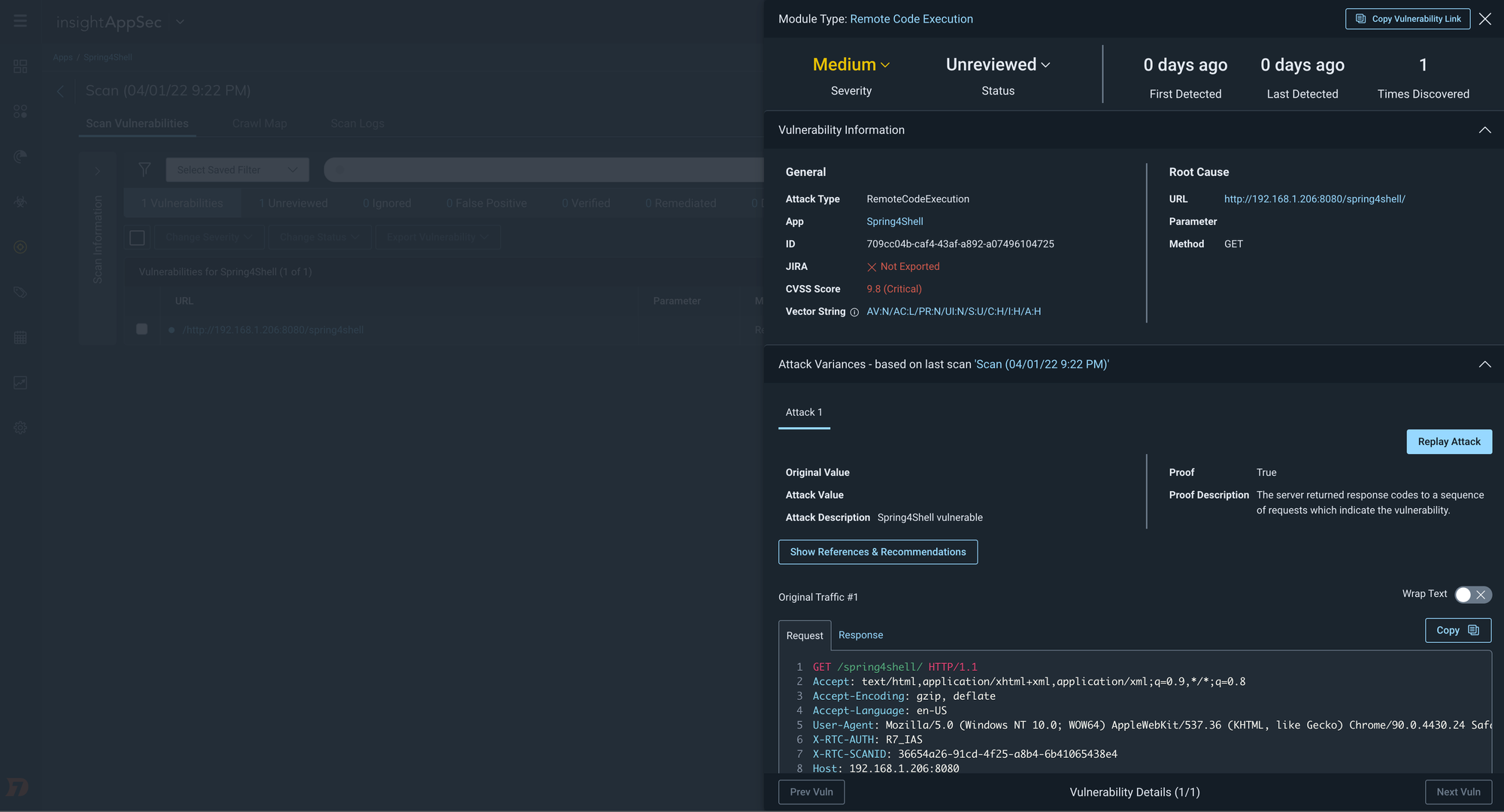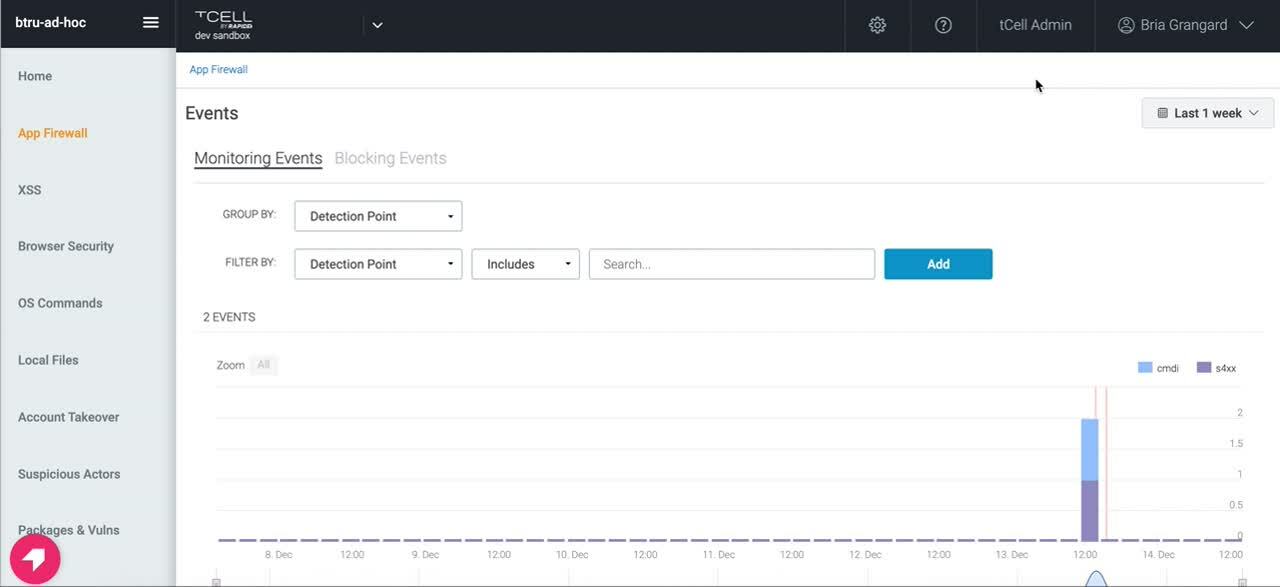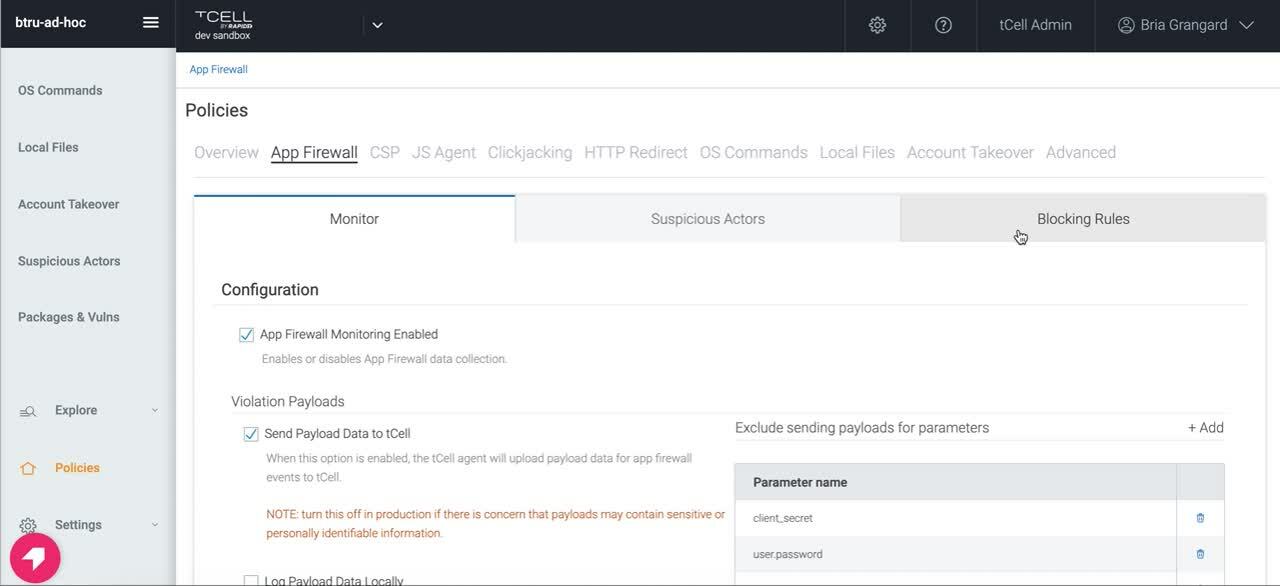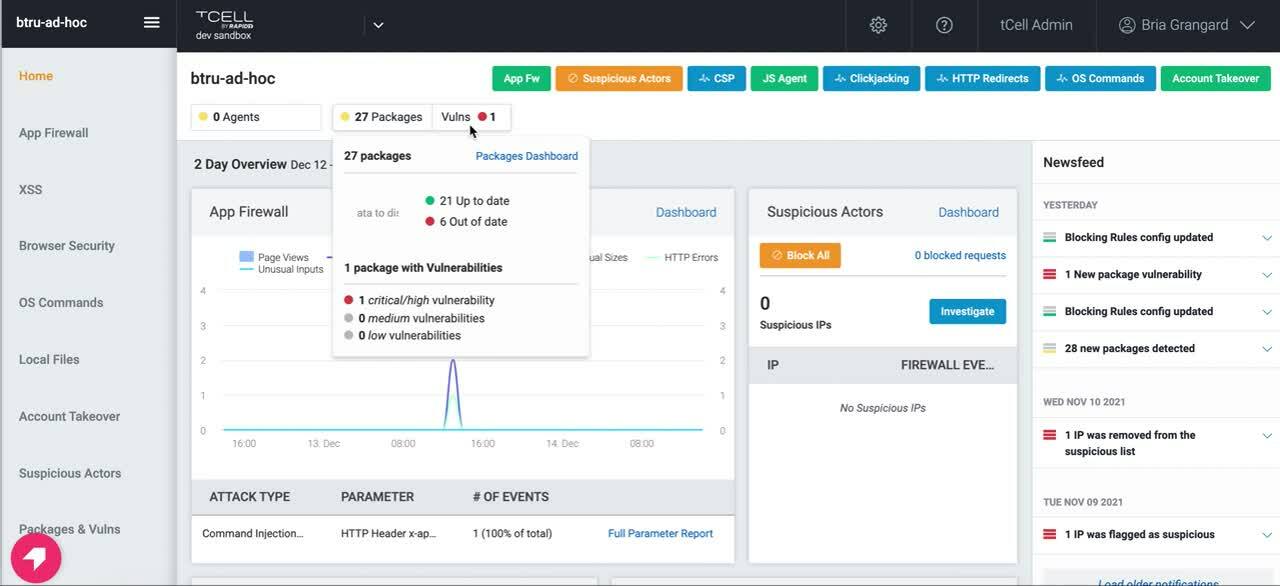Post Syndicated from Tom Caiazza original https://blog.rapid7.com/2022/07/18/deploy-tcell-more-easily-with-the-new-aws-ami-agent/

Rapid7’s tCell is a powerful tool that allows you to monitor risk and protect web applications and APIs in real time. Great! It’s a fundamental part of our push to make web application security as strong and comprehensive as it needs to be in an age when web application attacks account for roughly 70% of cybersecurity incidents.
But with that power comes complexity, and we know that not every customer has the same resources available both in-house or externally to leverage tCell in all its glory right out of the box. With our newest agent addition, we’re hoping to make that experience a little bit easier.
AWS AMI Agent for tCell
We’ve introduced the AWS AMI Agent for tCell, which makes it easier to deploy tCell into your software development life cycle (SDLC) without the need to manually configure tCell. If you aren’t as familiar with deploying web apps and need help getting tCell up and running, you can now deploy tCell with ease and get runtime protection on your apps within minutes.
If you use Amazon Web Services (AWS), you can now quickly launch a tCell agent with NGINX as a reverse proxy. This is placed in front of your existing web app without having to make development or code changes. To make things even easier, the new AWS AMI Agent even comes pre-equipped with a helper utility (with the NGINX agent pre-installed) that allows you to configure your tCell agent in a single command.
Shift left seamlessly
So why is this such an important new deployment method for tCell customers? Simply put, it’s a way to better utilize and understand tCell before making a case to your team of developers. To get the most out of tCell, it’s best to get buy-in from your developers, as deployment efforts traditionally can require bringing the dev team into the fold in a significant way.
With the AWS AMI Agent, your security team can utilize tCell right away, with limited technical knowledge, and use those learnings (and security improvements) to make the case that a full deployment of the tCell agent is in your dev team’s best interest. We’ve seen this barrier with some existing customers and with the overall shift-left approach within the web application community at large.
This new deployment offering is a way for your security team to get comfortable with the benefits (and there are many) of securing your web applications with tCell. They will better understand how to secure AWS-hosted web apps and how the two products work together seamlessly.
If you’d like to give it a spin, we recommend heading over to the docs to find out more.
The AWS AMI Agent is available to all existing tCell customers right now.
Additional reading:




















